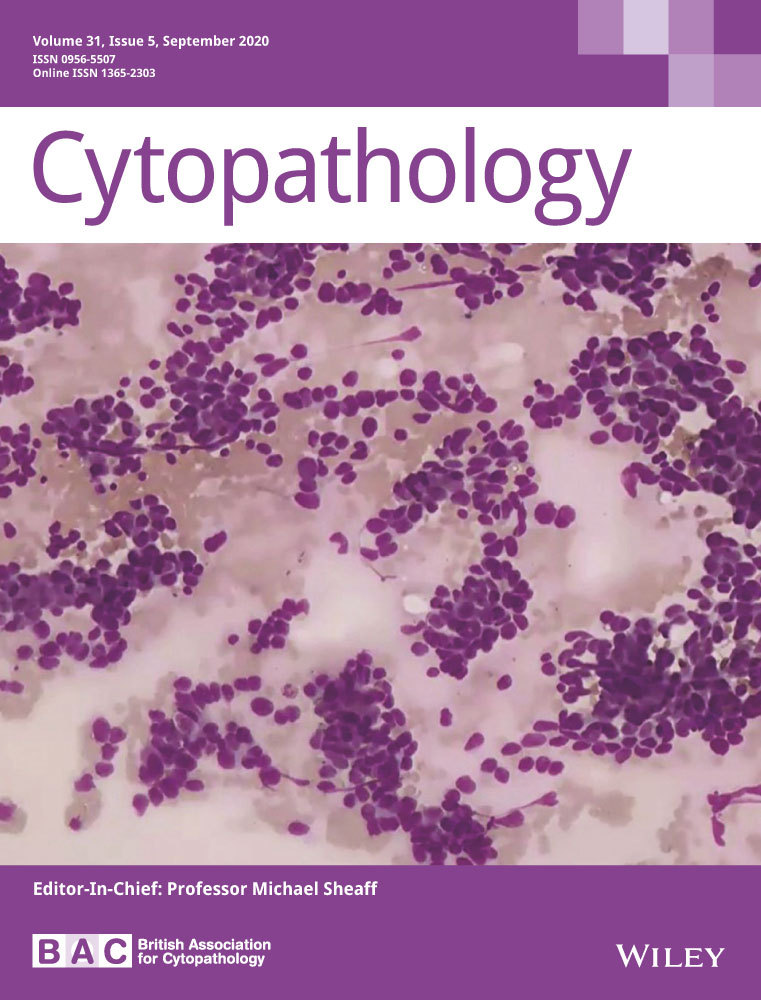Quantitative image analysis for CD8 score in lung small biopsies and cytology cell-blocks
Abstract
Introduction
Immunotherapy has shown promising results in non-small cell lung cancer (NSCLC), for which tumour-infiltrating cytotoxic (CD8+) T cells play a critical role. We investigated the utility of image analysis (IA) to quantify CD8+ T cells in a series of matched small biopsies and resections of NSCLC.
Methods
CD8 immunohistochemistry was performed on cell-blocks (CB), core needle biopsies (CNB) and corresponding resections from primary NSCLCs. Slides were digitised using an Aperio AT2 scanner (Leica) and annotated by whole slide image (WSI) or fields of view occupied by tissue spots (TS). Quantitative IA was performed with a customised Aperio algorithm (Leica). CD8 scores (number of T cells with 1-3+ staining/total area) were then compared.
Results
Forty-four cases with CB or CNB material and a corresponding resection were analysed. Average CD8 score was determined in CB (7.67 WSI, 77.67 TS) and/or CNB (47.35 WSI, 325.67 TS), and corresponding resections (190.35 WSI, 336.58 TS). CD8 score concordance was highest (78.6%) for CNBs using WSI annotation. Overall, small biopsies (CB or CNB) correlated with the resection in 71.4% cases using WSI and 63.3% cases using TS annotation. IA performed better for low CD8 scores.
Conclusions
These findings show that CD8 density in NSCLC can be quantified by IA in small biopsies and cell blocks, achieving the best concordance using WSI scores. Discrepancies were attributed to values near the cut-off and background detection of staining. These data warrant future studies with more cases and follow-up data to further investigate the clinical utility of IA for CD8 analysis in NSCLC.
Abstract
This study looks at the feasibility of using image analysis to quantitate CD8-positive T-cells in a series of primary non-small cell carcinomas. The authors used matched small biopsies (core needle biopsies and/or cell bslocks) with matched resections to evaluate the concordance of the CD8 score in different specimens and using different annotation methods.
CONFLICT OF INTEREST
All authors have declared that there are no financial conflicts of interest with regard to this work.
Open Research
DATA AVAILABILITY STATEMENT
Research data are not shared.




